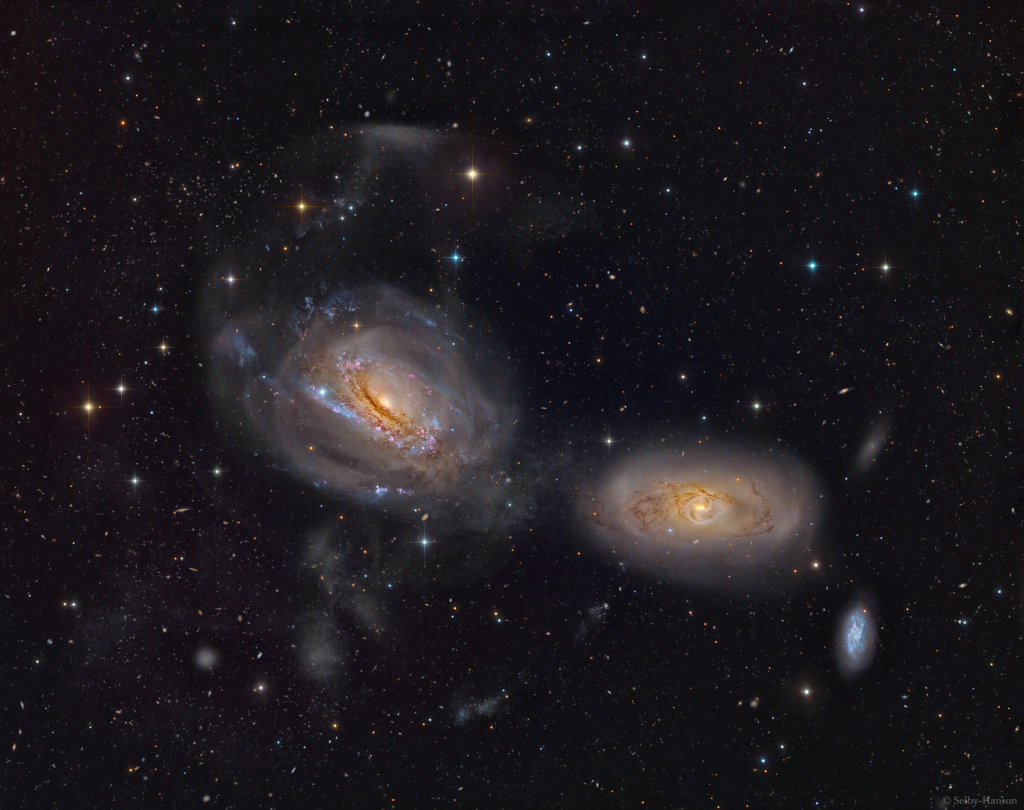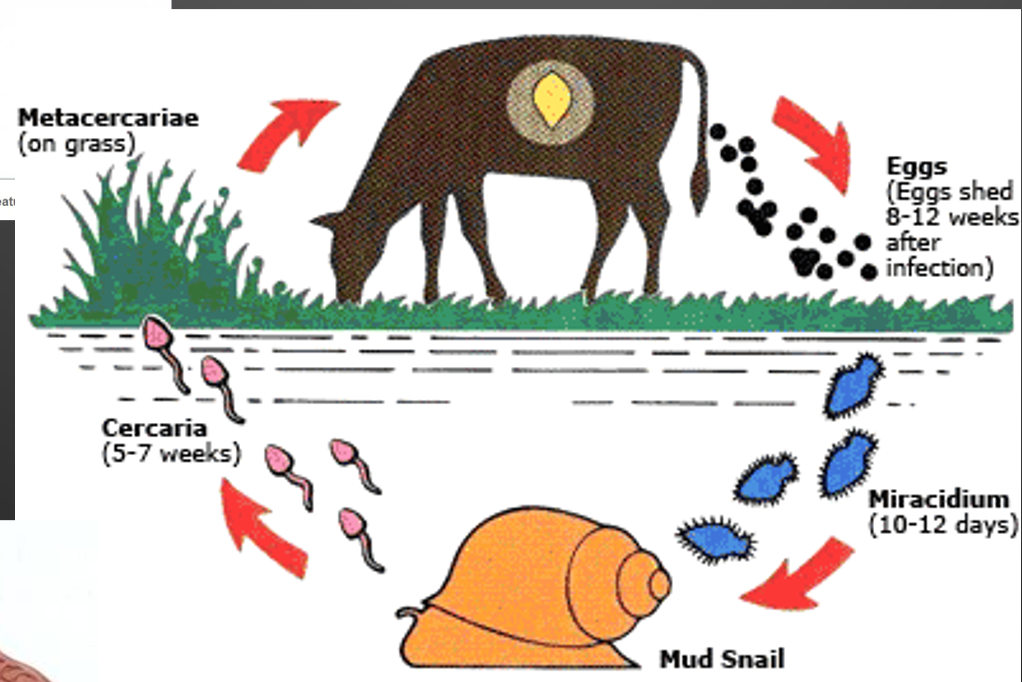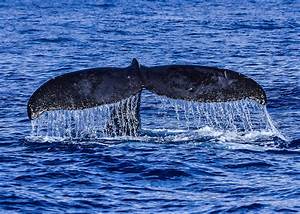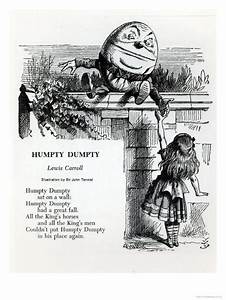There is a place where it’s a revelation.
There is a place where it’s a resurrection.
There is a place where it’s too obvious to mention.
There is a place where it means nothing at all.
Where does it go?
Author: gnox
Autumnal equinox edition
While taking a break from blogging this summer, i’ve been working my way through the chapters of Turning Signs, checking and inserting links, rephrasing or rewriting a bit here and there, updating some factual details and so on. This has taken me though 2/3 of the chapters now, so i’m calling this version TS 2.3 (downloadable from here). It’s come a long way from the original (2015) version.
I caught Covid two weeks ago, and the symptoms are still very much with me, so i don’t have much else to say at this point, even if i had the energy to say it. Covid seems to be at least a temporary cure for the disease of ambition. On the longer and less personal time scale, no global cure is in sight for the disease of vaulting human ambition to dominate and consume the planet. Maybe some local ecosystems and communities will learn something from the hyperactive history of the Anthropocene. Whether Turning Signs could make some minute contribution to that learning, i really don’t know, but it’s all i have to offer.
Summer solstice edition
Today is the summer solstice here in the Northern hemisphere. The sun is “standing still,” as the name of the day says. It has climbed as high into the sky at midday as it ever gets at this latitude, and that meridian height appears to stay the same for a few days, along with the places where it rises and sets. Of course this is an illusion: nothing is standing still. The only permanent “thing” in the universe is the flow of time. When we try to measure the “length” of time, what we actually measure is the rate of change of observable “things.” Time itself eludes our measurements.
I’ve been blogging about “the transition” in recent years, because many of us have noticed that the rate of change of things and systems in our world has itself changed, relative to the scale of a human lifetime. But in recent months my rate of posting has dropped off, as i’ve seen the folly of trying to keep up with the Great Acceleration, and have devoted more of “my” time to other follies. Turning Signs is one of them.
With the help of my colleagues in our weekly Study Circle (over Zoom), i’m revising some parts of the netbook to make (i hope) better sense of semiosis. Version 2.2.3 is now available for download, for those who want to read it offline.
There are other distractions these spring/summer days. We’ve just taken delivery of a trailerload of composted goat manure from our neighbour up the road. Moving it (by shovel and wheelbarrow) to the places in the gardens where it’s most needed will take a few days, using an hour or two in the morning and another in the evening when it’s not too hot to work. Such physical tasks make up the meditative part of my day, when i keep eyes and ears open while “opening the hand of thought” (as Uchiyama Roshi puts it). We’re also “spending” more time conversing with our neighbours and other networks. That leaves little time for writing things down, remarkable as life is these days.
Sorry, no time today to insert links as i usually do. Maybe i’ll post again when the equinox rolls around. Anyway, where there’s life, there’s semiosis, and some of its depths remain unexplored …
Easter edition
Turning Signs 2.2.2 is now ready for download. I call it the Easter edition because I’ve just finished revisiting/revising Chapter 4, which only contains a little of the traditional Easter story, but leads up to the resurrection of the body. And the TStudy circle is meeting tomorrow morning to spring into that chapter. May all readers flourish.
Self-organizing systems: Chapter 3.2
I’ve now revisited and revised, where necessary, all of Chapter 3 of Turning Signs except the final section. Our Saturday morning study circle will pick where we left off last week, somewhere around here. Meanwhile the equinox approaches … another opportunity to celebrate the glorious tilt in the Earth’s axis that gives us the seasons as we revolve around the sun. Where would our systems be without them?
Even some galaxies appear to be unravelling …

Guided from within: Chapter 3.1
The weekly TStudy circle is moving on to Chapter 3, so this coming Saturday morning we’ll be conversing about the first three to five sections of it. Once again i’ve made a few tweaks to the text, mostly for the sake of clarity, so even if you’ve read it before you may need to read it again. If questions or comments occur to you while reading, feel free to share them in a comment on this post.
The Secret Life of Signs: Chapter 2.4
Last week’s study circle conversation was focused mainly on the middle parts of Turning Signs Chapter 2, down to the section on living signs. We’ll begin at that point next Saturday morning when we meet again. Here’s a little diagram of the secret life of flukes that might help us get a grip on polyversity.

interFaces and Flukes: Chapter 2.3
Last week’s conversation took us further into the looking glass, and the homework assignment for our TStudy circle is the little phenoscopic experiment described here. Our next gathering (Sunday morning, February 19) will take another step into the semiotic view of life. Bearing in mind that, as Dirk Hamilton observes, signs look silly when nobody reads them. (Skip the ad.)

Convers(at)ion: Chapter 2.1

Next Saturday’s gathering of the TStudy Circle will be looking through the first four sections of Chapter 2, down to here, more or less, depending on the conversation. Shake hands with Humpty Dumpty and find out why language is by far the greatest aid to understanding, and equally the greatest barrier.
End of the beginning: Chapter 1.3
Our next gathering of the TStudy circle Saturday morning, 28 January, at 10:30 Eastern, will wind up the first chapter, beginning here. The conversation so far has been most illuminating, and prompted me to make a few changes to the text, so i hope it’s a little more user-friendly than it was last year.
This final part of Chapter 1 brings us to the Anthropocene Apocalypse. I see that the Anthropocene Working Group is now trying to pick an exact date for the beginning of the Anthropocene (follow that link for today’s graphic). But the AWG already voted in 2019 that the primary guide for the base of the Anthropocene should be “one of the stratigraphic signals around the mid-twentieth century of the Common Era.” This would mean that the stratigraphic Anthropocene coincides roughly with the cultural Great Acceleration, and with my own lifetime so far. But i don’t suppose my birthdate in 1945 is on the shortlist for the exact beginning of the A-cene, so i guess the “fundamental Anthropocene dilemma” isn’t entirely my fault.